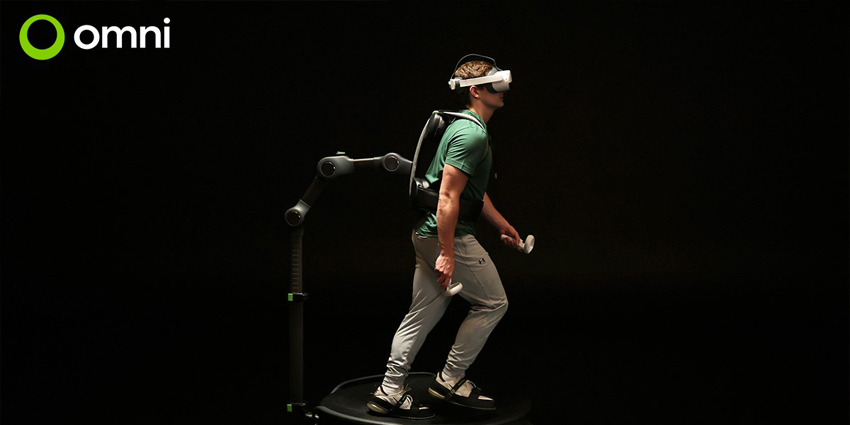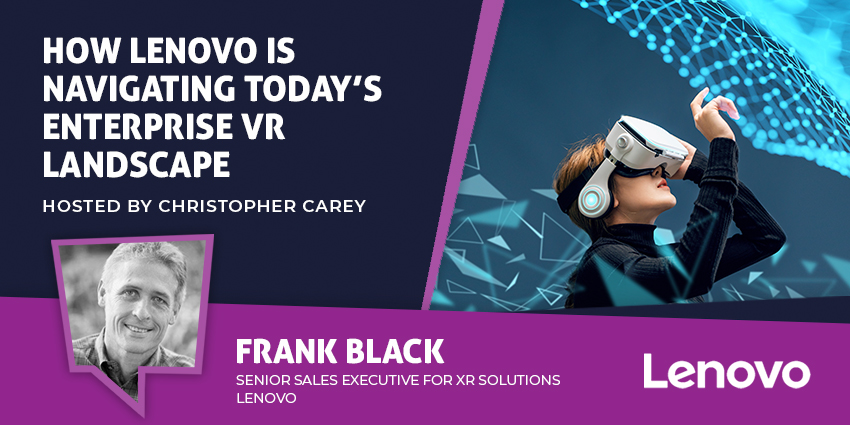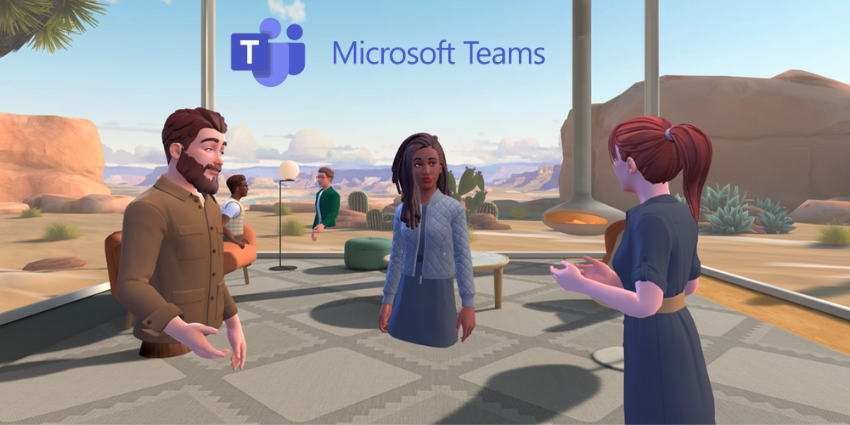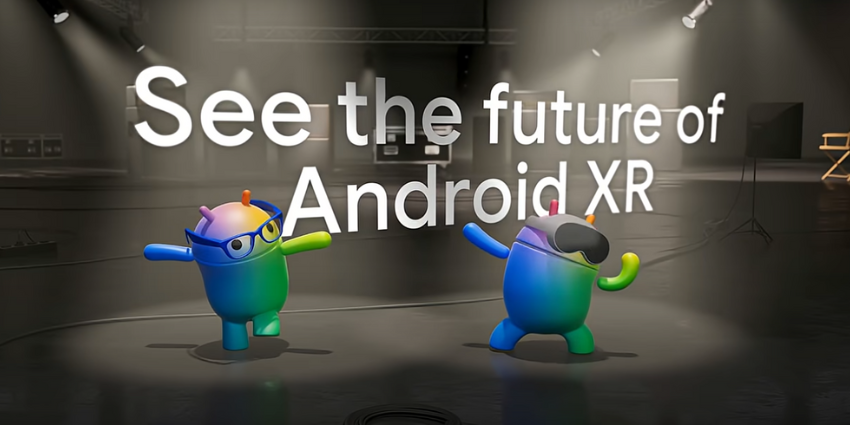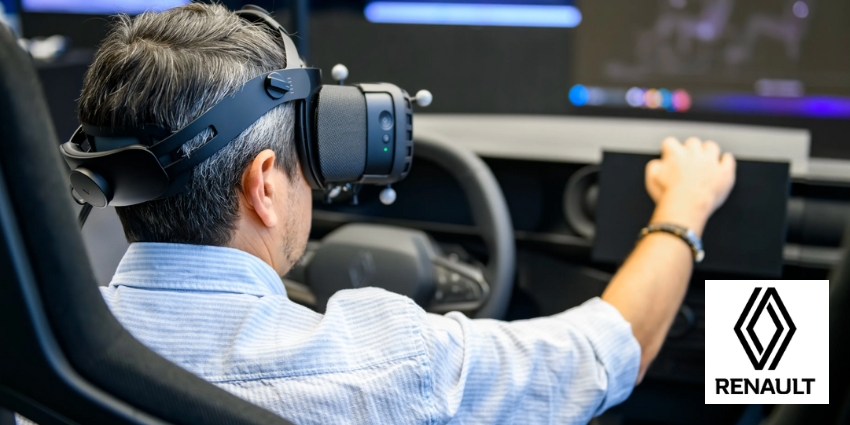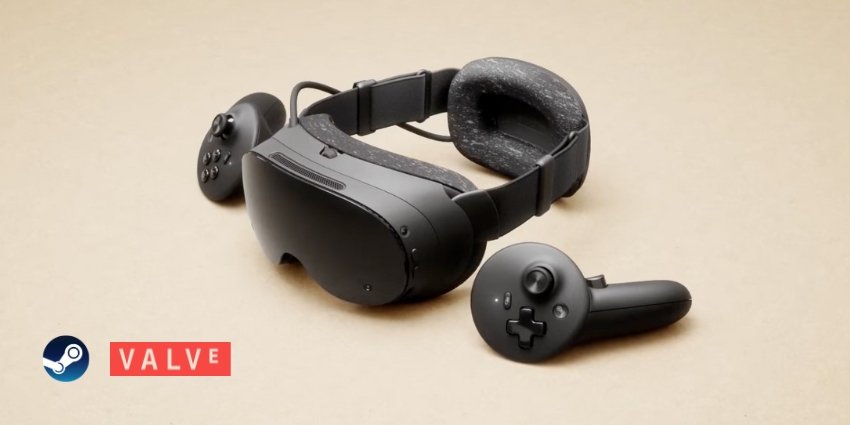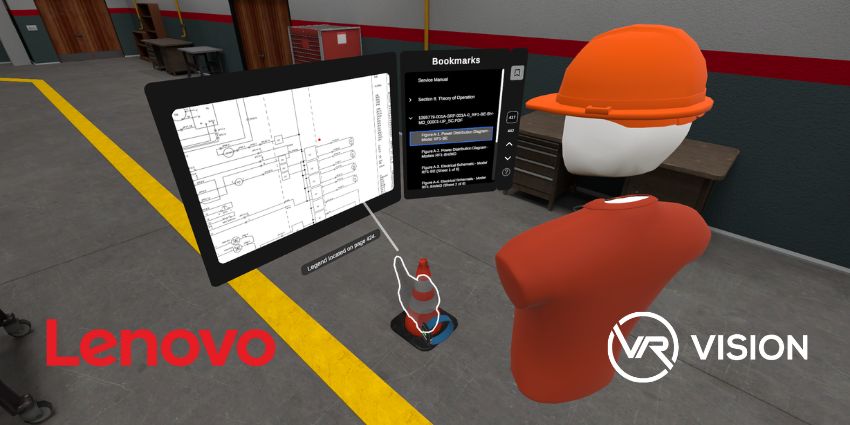Virtuix has begun shipping its Omni One beta units to early adopters. The firm is introducing its Omni One product for $2,595 or via a $65 monthly payment plan.
The company plans to distribute more than 1,000 units by the end of 2023 and then another 8,000 units to investors by Q1 2024. Preorders for the Omni One will open to the general public in late 2023, with more shipments starting in Q2 2024.
Virtuix’s Omni One distribution roadmap follows a successful crowdfunding campaign that raised $4.5 million. Due to its success, the company is closing the crowdfunding campaign early on August 10th.
Jan Goetgeluk, Virtuix’s Founder and CEO, spoke with XR Today in an exclusive chat, discussing how the firm is distributing and scaling the international availability of its Omni One product at a time when XR headset operators are looking for alternative methods of input, including eye tracking, hand tracking, and omni-treadmill technology.
Goetgeluk noted that if users want to immerse themselves in a VR application that requires movement, they “need an Omnidirectional treadmill to do that well. That’s what we offer.”
The CEO also added:
We do one thing really well. That is letting people walk around inside VR. Alternativly, a user would have to push a button on a controller to move themself around. That’s just not a very good experience.
The Future of VR Input and Driving Adoption Rates
Goetgeluk said that his “vision is that VR as a medium will be widely used in society,” adding that many VR applications “benefit from an omnidirectional treadmill.”
The CEO also explained that a large proportion of the Virtuix customer base “don’t even have VR today.”
Goetgeluk said:
They may not even care about buying just a VR headset because that experience to them is not good enough. In a survey, we found that 55 percent of our customers don’t have a VR headset yet.
On the other hand, Virtiux found that roughly 12 percent of its customers owned and regularly used a VR headset. Suggesting that innovative input devices that also come with accompanying headsets may convert new audiences towards buying into space. Therefore driving adoption rates.
Initiating ‘Stage One’ of Product Distribution
This year, Virtuix will start distributing its product to early-stage investors, “they have the first right to order an Omni One system,” remarked Goetgeluk.
Goetgeluk added:
This beta programme will last well into the second half of this year. Our goal is to produce 1000 units this year. Ship all those beta units and deliver them by the end of this year and into early next [year].
According to the CEO, Virtuix will “deliver all the general release orders to our investor community in Q1 of next year.” Following the initial distribution stage, “the general public is next,” Goetgeluk noted.
The general public can start placing preorders in Q4 by the end of this year for delivery starting in Q2 of next year, “that’s the schedule we’re planning for,” Goetgeluk mentioned.
Scaling Profitability and International Distribution
JC Team Captial is joining as a lead investor to assist Virtiux in reaching profitability with the Omni One device. Moreover, JC Team Captial CEO Parth Jani is joining Virtuix’s board of directors to assist with distribution goals leading into 2024.
“JCT Teams Capital is an existing investor in Virtuix, investing with us since 2020,” added Goetgeluk.
Virtiux’s CEO also noted:
JC Team Captial stepped up in this round to become a lead investor in our Series B financing. They’ve committed $3,000,000 in this round, and they’ve been a great partner. They’re just terrific to work with. They really believe in our product, in our company, and they have big plans for Omni One.
Additionally, working with international investment firms like JC Team Captial allows immersive hardware vendors to scale distribution internationally.
In Virtiux’s case, the JC Team Captial partnership enables Goetgeluk’s firm to leverage the latter’s “big network in India.”
Goetgeluk also noted:
We plan to form a joint venture with them later this year to bring Omni One to India sometime next year. The US is first, though.
Goetgeluk explained that the JC Team Captial partnership also helps drive financial stability, which “ramps up production of the Omni One to get to profitability – which we aim to achieve early next year. So, having them [JC Team Captial] on board and a lead investor in this round is fantastic.”
The CEO said:
We want to start with the US to work out all the kinks, ensure everything works well, serve our home markets first, and then expand internationally sometime next year.
Leveraging a Complete, Open Product Framework
To successfully sell, distribute, and scale an immersive product, like the Omni One, incorporating an open framework to encourage user and developer adoption is incredibly useful.
Moreover, the Omni One product is a “complete system,” which comes with a Pico device ready for a quick set-up/installation.
Goetgeluk said:
But our philosophy is not to sell a closed system. We try to keep it open, but we sell it as a complete system because it’s a much better user experience, especially for those who don’t have a VR headset yet. Selling a complete system. It’s just a great seamless, high-end user experience, and that’s what we want to offer.
However, despite a Pico inclusion, Virtiux is keen to keep its ecosystem open, ready for an emerging and ever-changing XR hardware market.
The CEO also added:
We let users hook it up to a PC, for example, and then use it with a PC-based VR headset. We can make it compatible with other headsets like the Apple Vision Pro. For example, we would love to do that.
Despite goals of interoperability across XR devices, Virtiux – and other OEMs – can face issues depending on the hardware vendor.
Goetgeluk explained that closed approaches from firms such as Meta create a roadblock in scaling XR hardware across headsets; adding “don’t really play well with other vendors or devices. So there’s not much we can do there.”
